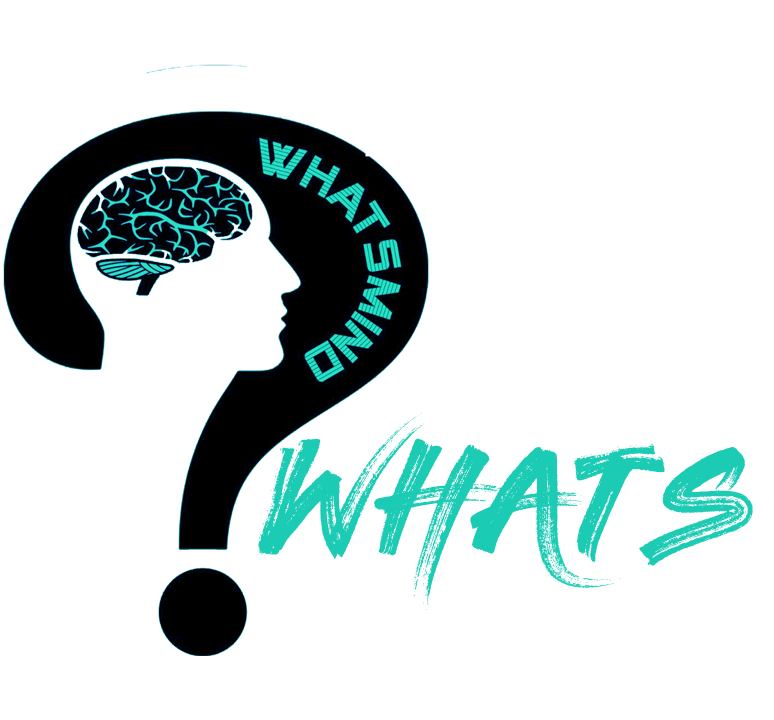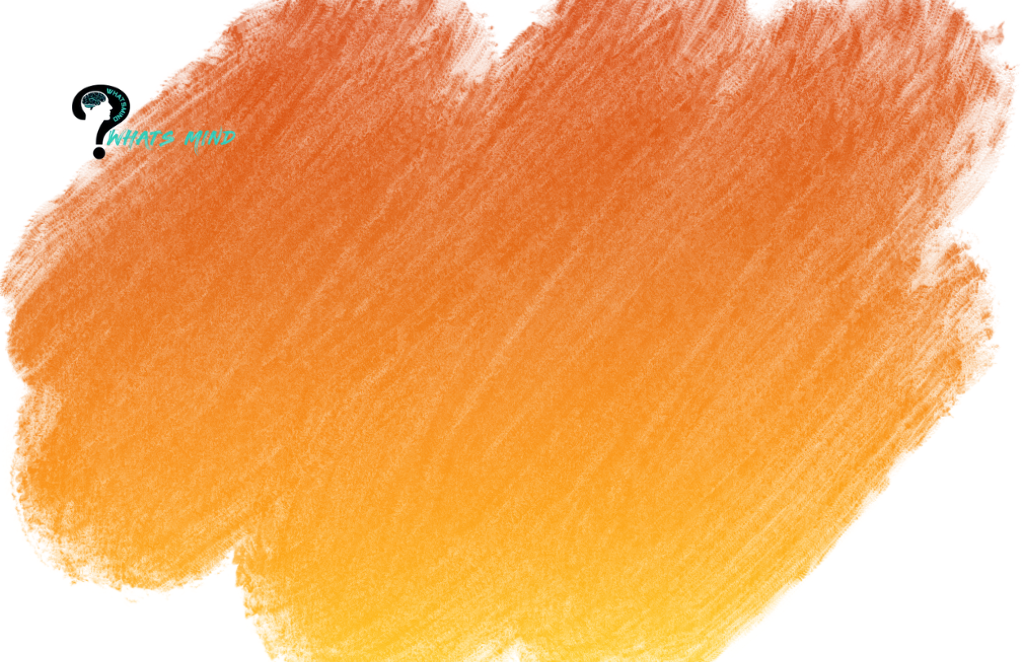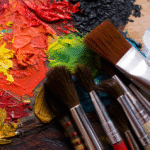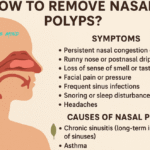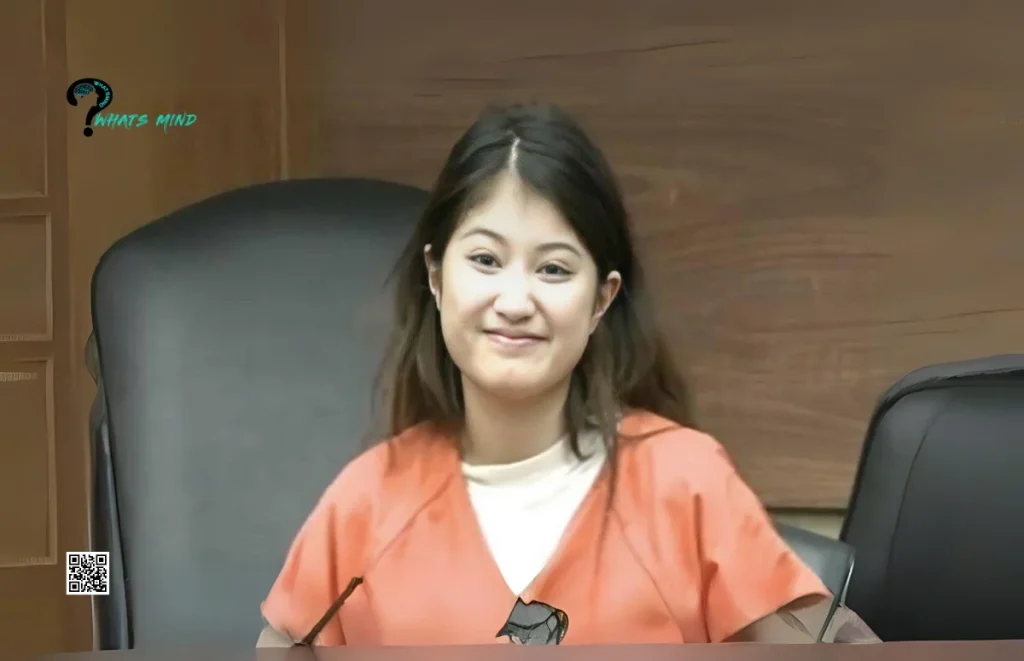Know the image of your art by knowing what colors make orange here even before your first brushstroke, and explore the ideas to create stunning hues.
We no longer like synthetic colors; it’s the era that demands you to be creative. Orange is getting trendy in art, clothing, cutlery, and literally in almost everything. It made us wonder what colors make orange, as it isn’t a primary color and does not naturally exist; you have to create it by mixing primary colors. Typically, yellow and red mix and create orange. Mixing genuine primary shades create pure secondary colors. Does it sound mundane to you?
No worries, generating flawless colors is hardly a struggle. You can create hundreds, even thousands, of orange hues that look stunning making orange no longer a mundane color.
You can unleash your creative self and create cool red oranges and even warm orange hues. Some are subdued, while some are extra vibrant. But you need to learn color theory, which lets you predict how your color will turn out at mixing and how it will harmonize with your work.
In this guide, we will delve deeper into what colors make orange, the history of orange colors, and ideas to generate different hues of orange.
What Colors Make Orange?
Orange isn’t a primary color, which means it isn’t in existence. You have to create it from scratch using two primary colors that are already prevalent, i.e., yellow and red. Primary colors mingle together and make secondary colors i.e., orange, green, and purple.
It’s easier to understand which colors need to combine to make a certain color by the color wheel as it gives a graphical visual look.
History Behind ‘Orange’ Color
Do you know when the orange color becomes prevalent, and where does it trace back to? The term ‘orange’ might be new, but the hue existed for a long time. This color was abundantly found in antique paintings as the ingredients feature mineral powders, but the majority were laced with poison and harmful chemicals.
There was a chemical, called Realgar, initially employed by Egyptians in tomb paintings. In China, it was used in medicines and poised manufacturing.
Orpiment, a chemical employed by Romans yields vibrant yellow-orange color with golden hues. It was called yellow-red for so long it was named orange in the 1500s in Europe, and that’s when it got popular.
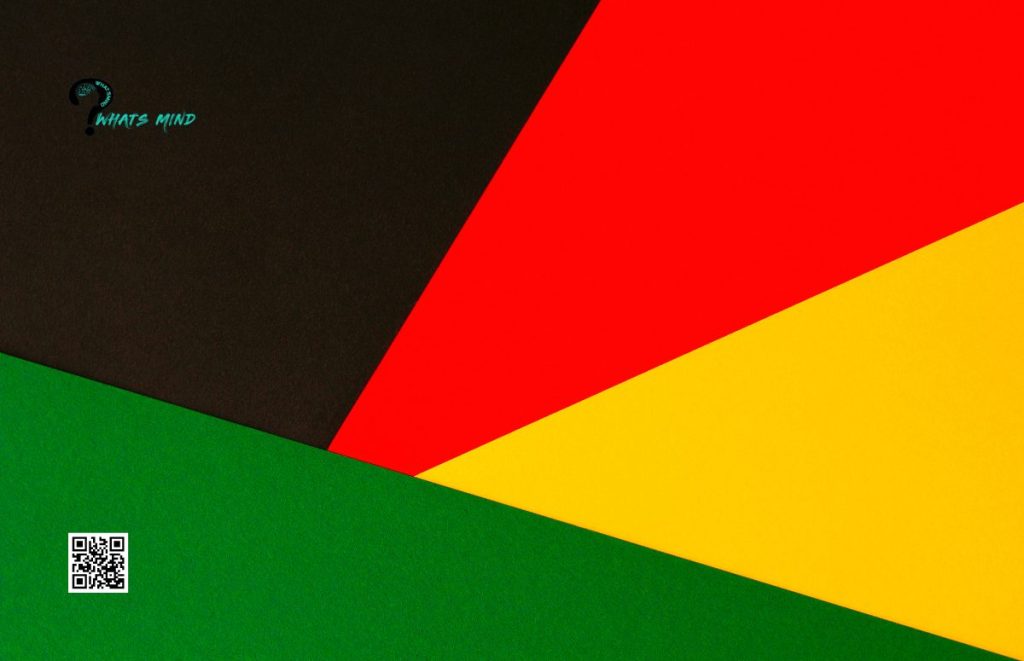
The name orange was derived from the citrus fruit, and Europeans weren’t even aware of many fruits until they were traded to their region from Asia. Many artists, even Monet has widely used orange in his paintings. What colors make orange was the question that was wondered afterward when people started using hues and tones to get great effects in their works.
In the modern era, orange has become a common hue as it can be predominantly found in clothes, paintings, crafts, designs, decorative stuff, and even in home furnishings.
It’s known to be the common color that is often used in vests and safety cones. Even though the national flag of the Netherlands is orange, inmates wear orange vests to get noticed. Buddhists wear orange robes and the color is internationally recognized for its religious significance.
What Colors Make Orange Shades?
Do you want to create different hues of orange? You can do it by employing several techniques which are pretty useful. But for this matter, you first need to be fully aware of the color mixing; the options are limitless, and you can get the perfect shade pretty conveniently once you get a knack for it.
What colors make orange hues? Any shade of orange can be made by adjusting the primary colors, aka red and yellow. Want pure orange color that is citrine, mix equal amounts of red and yellow. If you want a lighter hue, increase the amount of yellow but if you like it a bit more vibrant, increase the quantity of red.
What colors make orange sub-types? The subtypes include yellow-orange and red-orange. Both these colors are called tertiary colors because these are third-level coloration. In the color wheel, these tertiary colors are known to be of balanced distribution of primary and secondary colors.
How To Create Red-Orange?
This is a pretty hue of orange, which can be created by meticulously adjusting the amount of primary colors. To make that, you need one drop of red and three drops of yellow. To adjust this color hue, you have to initiate with a pure orange shade and then mix it by dabbing it with red to get a distinct red undertone.
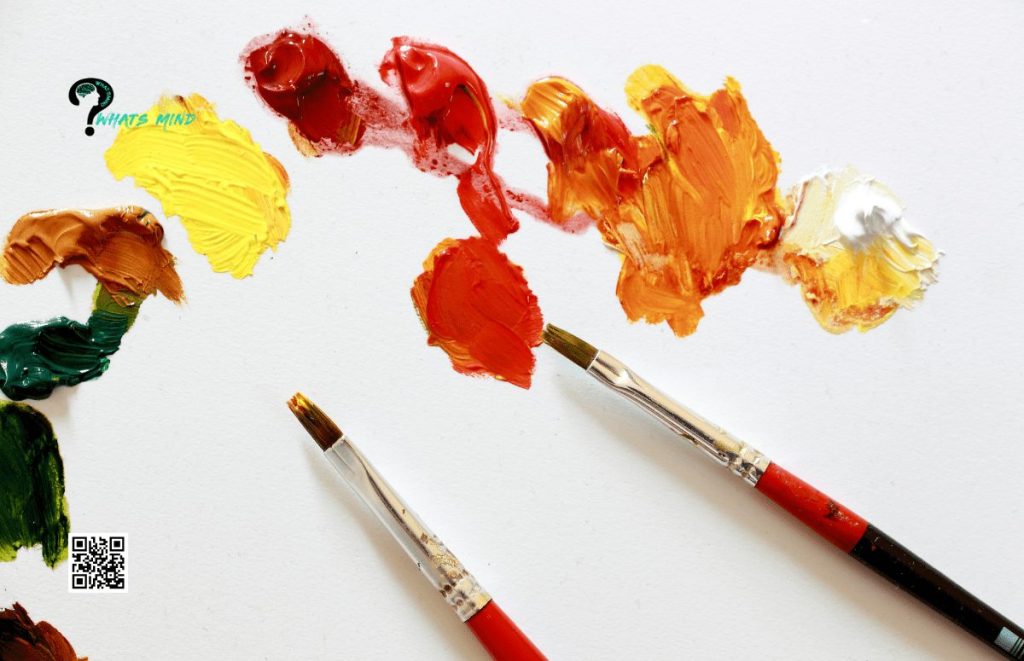
If you like you can get multiple hues of red-orange. If you mix up yellow and crimson red, you get vibrant orange, but if you add burnt sienna red color into yellow, you will get a subdued and lighter shade with a brown undertone.
How To Create Yellow-orange?
Creating yellow-orange doesn’t require rocket science; just mix one part red and two parts yellow to get your desired color. This one looks pretty fresh and allows you multiple ways to maneuver this shade to get the desired hue. Do you love a vibrant shade? Mix one part yellow with two parts orange. Even you can create multiple colors of the yellow-orange spectrum by mingling yellow and red. Like a burnt orange color, mix parts of red and yellow. Want a subdued and pastel orange color, mix lemon yellow with deep red.
But again, creativity knows no bounds; what colors make orange might be stringent, but creating shades is all up to you.
How To Create Muted-Orange Shade?
Pure orange is such a vibrant shade; despite its liking, artists prefer toning it down. Even the commoners do, and it requires skills to experiment with colors. To get the desired shade, toning down a color is necessary.
But first, you need to understand the complementary colors that are known to be the first step toward reducing the brightness of a color. The complementary colors are resting on the opposite side of the color wheel and are called to be the opposite colors. Complementary colors, when mixed, negate the vibrancy, and the result is always the monochromatic shades, i.e., white and black.
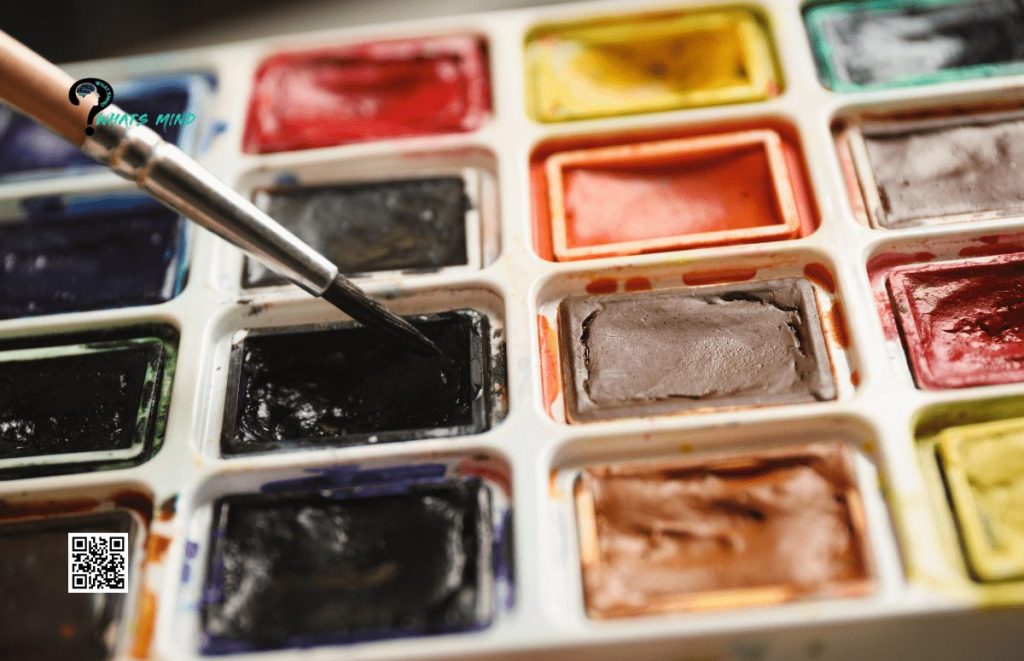
Blue is known to be the complementary color to orange, so when you adds a blue shade to orange, it makes a mellow color, which is pretty muted. But remember, never add pure hues for the combinations. If you mix cobalt blue in range, you will get muted orange with a warm undertone.
However, adding an ultramarine color will get you muted orange but with a cool undertone. Adding a dark blue into orange will get you a muted shade but with a green undertone. The orange hue combined with blue is entirely dependent upon the blue shade.
Blue might be the widely known complementary color, but green does the same work and provides you with stunning shades of muted orange color. Green creates complex and deeper shades, regardless of the color you combine it with.
You can use green in different proportions to get multiple orange hues ranging from deep, powerful tones to brown-tinged tones.
Bottom-line
In conclusion, orange is a secondary color, because it is not already existent in its natural state but has to be created by mixing different colors. What Colors make orange? Red and yellow, when mixed, make orange, and the addition of blue and green makes different hues, including subdued and muted orange shades.
Despite its need, the genuine, vibrant orange is not of much use; mostly, its subdued version is extensively used in furnishing, clothing, and even in paintings.
Give it a thorough read to understand better about the creative combination and share which shade of orange is your ultimate favorite.
FAQs on What Colors Make Orange
What color mix to get orange?
Yellow and red, when mixed, make orange, and it’s just the beginning; once you have made orange, you can add other colors into it to get different shades like blue or green.
What colors make orange without yellow?
There are no two colors that, when mixed, will make orange without adding yellow. It’s because there are only three primary colors: red, yellow, and blue. If yellow is skipped, you are only left with blue and red and they won’t make orange.
You may like to read about:
For more information, visit Whatsmind.com
